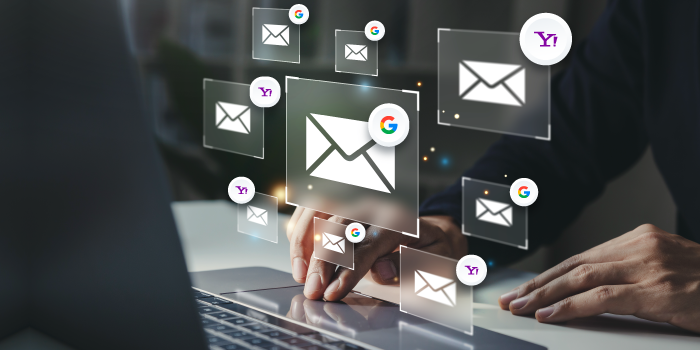Overview
In October 2023, Google shook the email marketing landscape with a monumental announcement, signaling a significant overhaul in how bulk senders authenticate emails. The implementation of these changes is scheduled to commence in February 2024, setting the stage for a more secure and accountable email ecosystem.
Implementation Timeline
The transformative changes were unveiled in October 2023, giving the industry a heads-up to prepare. The changes are poised to take effect rigorously starting February 2024, signaling a critical deadline for adaptation.
Objectives
The primary objectives of this overhaul are twofold: to fortify email security measures and institute a more stringent framework for sender accountability. By reducing malicious activities and unauthorized bulk sending, Google aims to foster a safer and more reliable email environment.
Impact on Bulk Senders
The implications for bulk senders are profound. Adaptation to the evolving standards is not just recommended but imperative. Significant adjustments to authentication protocols and practices are necessary to ensure the continued seamless delivery of emails.
View the official announcement regarding the new requirements for bulk senders here – Google and Yahoo.
Don’t fret! You can take the following strategic steps to navigate the evolving landscape successfully
1. Conduct an audit of current email authentication practices
Evaluate your current email authentication protocols, including SPF, DKIM, and DMARC settings. Identify areas that need adjustment to align with the updated standards introduced by Google and Yahoo.
2. Stay informed about platform updates
Regularly check for updates from major email service providers, especially Google and Yahoo. Subscribe to newsletters or official communications to stay abreast of any additional changes or recommendations.
3. Implement technical adjustments
Work closely with your IT or technical team to implement the necessary adjustments in SPF, DKIM, and DMARC configurations. Ensure that your authentication settings are in line with the latest requirements for optimal email deliverability.
4. Educate your team
Conduct internal training sessions to educate your marketing and communication teams about the changes. Emphasize the importance of compliance and how it directly impacts the success of email campaigns.
5. Utilize monitoring and reporting tools
Invest in or leverage monitoring and reporting tools to keep track of email authentication performance. Set up regular reporting mechanisms to identify and address any issues promptly.
6. Collaborate with email service providers
Engage in discussions with your email service provider to understand their recommendations and best practices considering the changes. Learn more about best practices for email authentication from Google and Yahoo.
7. Adopt a proactive compliance approach
Instead of waiting for issues to arise, proactively address potential compliance challenges.
Regularly review and update your compliance measures to stay ahead of any emerging requirements.
By taking these strategic steps, businesses can proactively navigate the email authentication changes, ensure compliance, and maintain the effectiveness of their email marketing campaigns in the evolving digital ecosystem. Stay agile, be proactive, and leverage the collective knowledge gained from this guide for a resilient and successful email marketing strategy.









